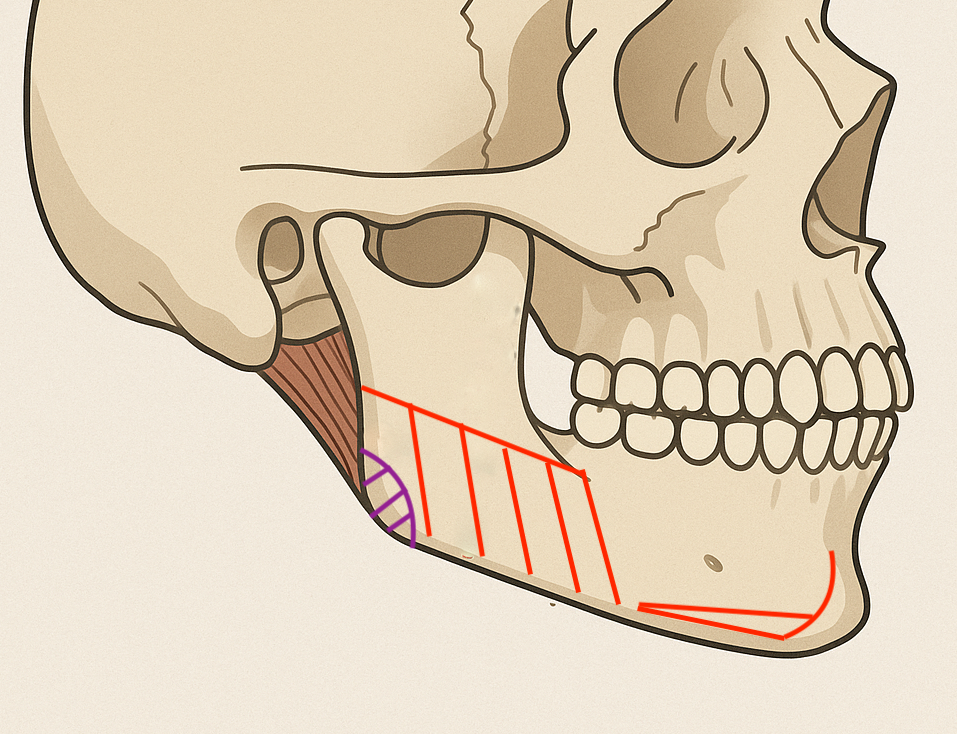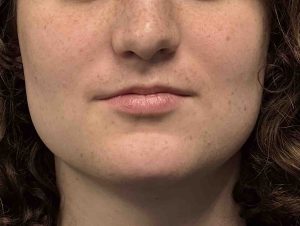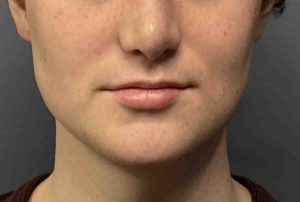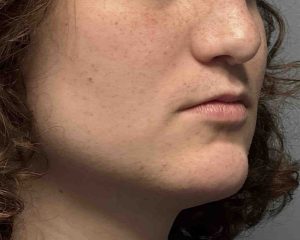Background
Aesthetic jaw reduction—also known as mandibular contouring or V-line surgery—is a cosmetic surgical procedure designed to reshape or slim the lower jaw to create a more balanced, oval, or heart-shaped facial appearance. While it is most commonly performed as part of facial feminization surgery, it can be beneficial for anyone who feels their jawline is too square, wide, or prominent.
This procedure typically addresses three regions of the lower face—the chin and the paired jaw angles—and may also involve reduction along the mandibular body. However, there are significant technical variations in how jaw reduction can be performed, and these distinctions are essential to achieving an appropriate aesthetic outcome.
Types of Jaw Reduction Techniques
1. Asian V-Line Surgery
In its most recognized form, V-line surgery refers to the comprehensive East Asian technique developed to address the naturally stronger, wider jaw structures common in that population. This involves a full-thickness bone resection extending from the mandibular angles to the chin. The chin is then narrowed—often with some degree of advancement—through osteotomy.
This approach produces the most dramatic contour change and is technically demanding due to the depth of the cuts, the limited intraoral access, and the challenge of achieving symmetrical results.
2. Western Jaw Shaving Technique
A more conservative and historically Western approach is often called jaw shaving or Western V-line surgery. Instead of full-thickness resection, only the outer cortical bone of the mandibular body and angles is removed to reduce width while preserving much of the natural shape and bone support.
The jaw angle tip (gonion) may still be resected full thickness, and the chin can be refined by either bone shaving or standard genioplasty if necessary. Although less aggressive, this method generally provides excellent results for Western facial structures and carries lower technical difficulty and risk.
Technique Selection and Surgical Mismatch
Given the distinct characteristics of these two surgical philosophies, technique selection must match the patient’s anatomy and goals. Unfortunately, few surgeons are proficient in both methods, which can lead to mismatches:
-
Some patients receive an Asian-style V-line surgery when a Western approach would have been more suitable, resulting in an overly narrow or weak lower face.
-
Others undergo a Western-style reduction when a more aggressive V-line technique was needed, leaving the jawline still too broad for their aesthetic goals.
Case Study
A young transfemale patient underwent comprehensive facial feminization surgery, including jaw reduction. She presented with a strong, wide jawline and a notably prominent chin.
Preoperative digital imaging determined that her primary goal was jaw narrowing, not an aggressive reduction. Based on this assessment, a Western-style jaw shaving technique was selected.
Surgical Approach
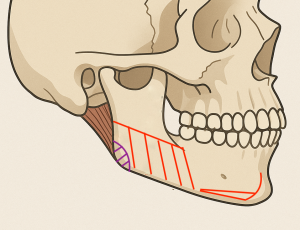
-
Chin Reduction: Bone shaving was done via a submental incision to decrease chin projection and narrow the chin width.
-
Jaw Angle Contouring: Through an intraoral approach, the outer cortical layer of the mandibular ramus up to the mandibular body was removed (red lines), and the jaw angle point (gonion) was resected full thickness (purple lines).
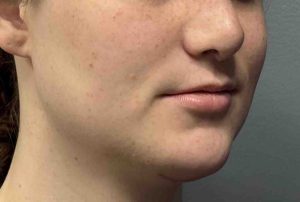
Discussion
The goal of jaw reduction is not merely to make the jaw smaller, but to create harmony and proportion in the lower face. The appropriate technique depends on the patient’s anatomy and aesthetic goals:
-
Patients with a flat or near-zero mandibular plane angle tend to have a square lower face. These patients benefit from steepening the plane angle, best achieved through an Asian-style V-line reduction.
-
Patients with a normal mandibular plane angle typically achieve more natural results with a Western-style jaw shaving, avoiding excessive reduction that could lead to tissue laxity and a weak jawline.
For this patient, a Western-style approach provided sufficient feminization without over-reduction—achieving a natural, proportional contour.
Key Considerations Before Surgery
Patients considering jaw reduction should discuss the following with their surgeon:
-
3D Imaging: Has CT or CBCT imaging been used for surgical planning?
-
Extent of Change: How much width and vertical height will be altered, and how will this affect overall facial proportions?
-
Soft-Tissue Management: How will the masseter muscles and overlying tissues be handled?
-
Risks: What are the specific risks for the chosen technique (e.g., nerve injury, asymmetry, or tissue laxity)?
-
Revision Strategy: What are the options if the jaw becomes too narrow or sagging occurs?
-
Feminization Goals: How will the reduction be tailored to avoid an overly steep or unnatural jaw angle?
Key Points
-
There are two primary types of V-line surgery that differ in the extent and technique of bone removal.
-
The chosen approach must align with the patient’s anatomical structure and aesthetic goals.
-
Preoperative imaging is critical for accurate surgical planning.
-
Jaw angle shaving, when combined with appropriate chin modification, can produce highly effective and natural results—especially when full-thickness removal is applied at the gonion.
Dr. Barry Eppley
World-Renowned Plastic Surgeon

